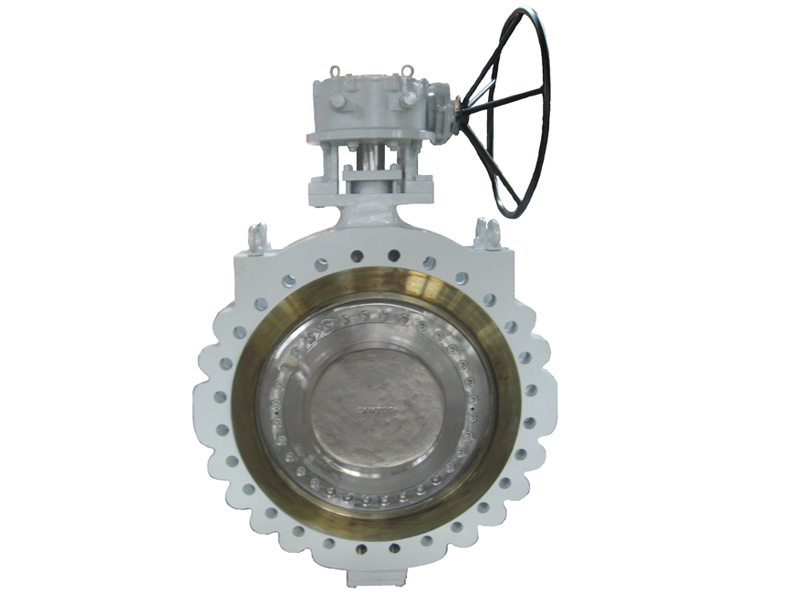A butterfly valve is used to restrict or regulate liquid flow. The closing mechanism of this valve is different from other valves as it takes the form of a disk. Most of its operation is like that of a ball valve that gives swift shut-off. It is more favorable for many purchasers due to its lightweight design, low maintenance, and as it is cost-efficient. The purpose and use of butterfly valves have increased very much due to which many companies manufacture different types of valves. Companies such as Dhananjay Choudhary Camtech Manufacturing FZCO produces a variety of butterfly valves.
Some companies describe the butterfly as a valve that, as a rotating obturator with right angle axis to the direction of flow, flow passes across the obturator when in the open position.

Types of butterfly valves and its Mechanism
A butterfly valve is a quarter-turn valve. Whenever the lever is turned to 90 degrees, the valve is closed or opened. This valve is particularly used for the water treatment system. They are highly durable and need less maintenance. One of the main elements in this valve is the metal disc or circular plate that is built with the stem. When the valve is opened, the disc turns 90 degrees allowing liquids to flow. The types of butterfly valves are as follows:
- Resilient butterfly valve
The basic model of the butterfly valve is also known as the resilient seated or concentric valve. In the pipe bore, the valve disc and the stem is centeredor in sequence. The disc has the main contact with the seal, and the valve has a rubber or resilient seat that relies on the disc. These types of valves are known for their strength, lightweight, and one-piece body feature. The exclusive stem hole design ensures dry stem and hard seat that helps in easy installations. Resilient butterfly valves are useful for both commercial and industrial operations as they are highly reliable.
- Single offset valves
In the single offset valves, the stem is found behind the disc. This was mainly built for longer valve life as there is less contact with the seat. This can affect performance. That is the reason why single offset valves are less preferred in industries.
- Double offset valves
This type of butterfly valve is designed with a disc with two offsets. They are very similar to the single offset valve. However, due to their high-performance, this valve is very popular. It is used for operations that require high-pressure resistance. The disc is centered on the pipe bore for increased sealing ability. They can handle any substance such as water, steam, oil, and gas. Handles, actuators, and gear operate the valve.
Triple offset valves
Triple offset valves are more powerful and reliable in harsh conditions. The seating surface of the disc is in a cone shape, giving complete strong sealing. Its mechanism is similar to the double offset valve.
If you want to purchase a butterfly valve, then the above-given information will be useful. Knowing its mechanism can help you know how it works and which is more useful.
